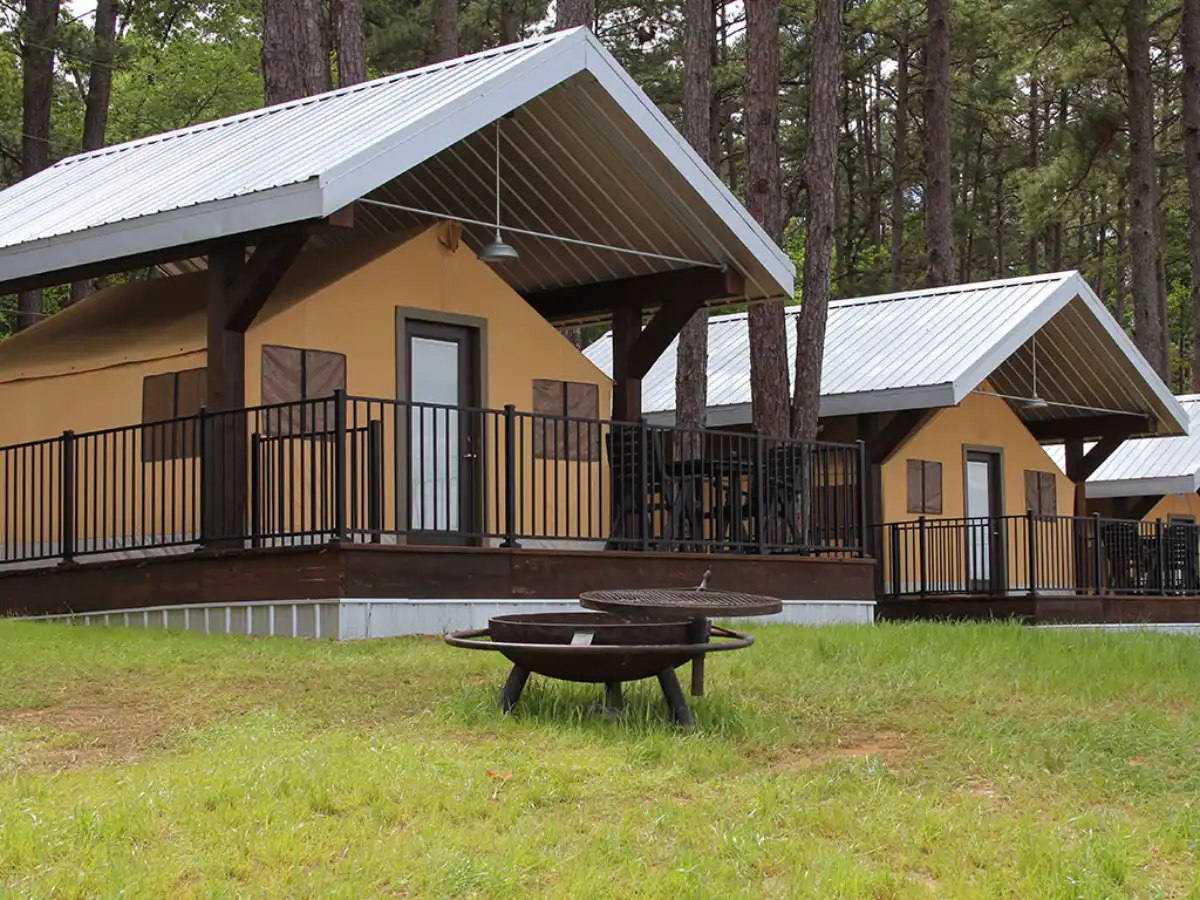Glamping—short for “glamorous camping”—has become a thriving niche in the outdoor hospitality industry. From Texas hill country retreats to riverfront yurts and horseback riding ranches, travelers are seeking immersive nature experiences with upscale amenities. But with this growth comes a unique set of risks that traditional lodging doesn’t face. Whether you're hosting guests in safari tents, treehouses, or tiny cabins, risk management is key to protecting your business, your guests, and your reputation.
Common Risks in Glamping Operations
Guest Injuries
Uneven terrain, water features, and recreational activities like horseback riding or swimming can lead to accidents. Liability coverage is essential.
Property Damage
Fire pits, weather exposure, and remote locations increase the risk of damage to structures and amenities. Make sure your policy covers non-traditional lodging units.
Animal-Related Incidents
If you offer horseback riding or have animals on-site, equine liability or animal liability coverage is a must.
Event Liability
Hosting weddings, retreats, or seasonal festivals? These events require additional coverage for vendors, guests, and temporary structures.
Business Interruption
Wildfires, storms, or other natural events can halt operations. Business income protection helps you recover lost revenue during downtime.
Insurance Solutions Tailored for Glamping
Carrissa Bradford, a Texas-based agent with nationwide reach, focuses on helping glamping operators secure the right coverage. She works with specialty carriers who understand the nuances of outdoor hospitality and can tailor policies to your unique setup.
Coverage options may include:
- General Liability
- Property Insurance (including tents, yurts, cabins)
- Equine Liability
- Liquor Liability
- Event Coverage
- Business Income Protection
- Cyber Liability (for online bookings and guest data)
Risk Management Tips
- Conduct regular safety inspections of trails, lodging units, and recreational areas.
- Train staff on emergency procedures and guest interaction protocols.
- Use clear signage for water features, animal areas, and restricted zones.
- Document incidents thoroughly and review them to improve safety measures.
- Review your insurance annually to ensure coverage keeps pace with growth.
Ready to Protect Your Glamping Business?
Apply for coverage today through Carrissa Bradford’s portal »
Let your guests explore the outdoors with confidence—while you rest easy knowing your business is protected.





